- Home
- Articles
- Architectural Portfolio
- Architectral Presentation
- Inspirational Stories
- Architecture News
- Visualization
- BIM Industry
- Facade Design
- Parametric Design
- Career
- Landscape Architecture
- Construction
- Artificial Intelligence
- Sketching
- Design Softwares
- Diagrams
- Writing
- Architectural Tips
- Sustainability
- Courses
- Concept
- Technology
- History & Heritage
- Future of Architecture
- Guides & How-To
- Art & Culture
- Projects
- Interior Design
- Competitions
- Jobs
- Store
- Tools
- More
- Home
- Articles
- Architectural Portfolio
- Architectral Presentation
- Inspirational Stories
- Architecture News
- Visualization
- BIM Industry
- Facade Design
- Parametric Design
- Career
- Landscape Architecture
- Construction
- Artificial Intelligence
- Sketching
- Design Softwares
- Diagrams
- Writing
- Architectural Tips
- Sustainability
- Courses
- Concept
- Technology
- History & Heritage
- Future of Architecture
- Guides & How-To
- Art & Culture
- Projects
- Interior Design
- Competitions
- Jobs
- Store
- Tools
- More
Black Mold in Architecture: A Silent Threat to Structural Integrity and Health

Black mold is a growing concern in the field of architecture, not only for its potential to damage building structures but also for the risks it poses to human health. While mold is commonly associated with damp environments, it can develop in a variety of settings, often silently and without notice. Over time, black mold can weaken the integrity of buildings, leading to costly repairs. Beyond its structural implications, the health risks associated with mold exposure are alarming, affecting respiratory health and even causing long-term illness. This post will explore the hidden dangers of black mold, how it affects buildings and people, and how to combat it effectively.
Table of Contents
ToggleMold Testing: The First Step in Tackling Mold Problems
Before any remediation can take place, it’s critical to identify whether black mold is present. Mold testing is the first step in this process. Mold spores can spread unnoticed, and their growth often goes undetected until it’s too late. At this point, a professional mold inspection is required to assess the extent of the infestation. A detailed report from a professional mold tester can guide decisions on how to proceed with cleaning or removal. By seeking professional mold testing early, homeowners and building managers can prevent mold from reaching more severe stages. This will help you avoid unnecessary damage and health hazards.

Causes of Black Mold in Buildings
Black mold typically thrives in places where water damage has occurred. Leaky pipes, faulty roofing, and even condensation in basements are common culprits. Areas with poor ventilation are also highly susceptible to mold growth, especially when the moisture level in the air increases. The presence of black mold is often a sign of an underlying moisture issue that needs to be addressed before any further action is taken. Without identifying and fixing the source of moisture, mold will return despite cleaning efforts.
Identifying the Signs of Black Mold
Detecting black mold can be tricky, but several signs can alert you to its presence. A musty odor is one of the most common indicators. In some cases, you may even see small black or greenish patches on walls, ceilings, or flooring. These patches often start small but can quickly spread if not dealt with. Black mold can also cause discoloration on various surfaces, which may seem like water stains. If these symptoms are noticed in any part of a building, it’s crucial to investigate further to prevent damage.
The Health Risks of Black Mold Exposure
Exposure to black mold is a significant health concern, especially for vulnerable individuals such as children, the elderly, or those with pre-existing respiratory conditions. Mold spores can cause a range of health issues, including coughing, sneezing, asthma attacks, and skin irritation. Long-term exposure may lead to more serious health complications, such as chronic sinusitis or even neurological issues. Prolonged exposure to mycotoxins released by the mold can further increase health risks. Reducing mold exposure is essential to safeguarding the health of building occupants.
Preventing Black Mold Growth
Preventing black mold growth requires a proactive approach to maintaining a building’s environment. One of the most effective ways to reduce mold risk is by controlling the moisture levels within the building. Mold thrives in humid environments, so managing indoor humidity is crucial. Installing dehumidifiers or air purifiers in areas prone to excess moisture, such as basements and bathrooms, can help keep humidity levels below 60%.
Ensuring proper ventilation throughout the building can prevent stagnant air, which promotes mold growth. Opening windows, using exhaust fans, and installing ventilation systems in areas like kitchens, bathrooms, and laundry rooms can significantly decrease moisture buildup. Regularly inspecting the property for leaks is another important preventive measure. Leaky pipes, roofs, or windows can provide the moisture mold needs to flourish. Fixing leaks promptly not only prevents mold but also avoids long-term water damage that can affect the structural integrity of the building.

Remediation and Removal of Black Mold
Once mold has been identified, the process of removal begins. Mold remediation should always be handled carefully to avoid spreading spores to other areas. In mild cases, cleaning with soap and water might suffice, but more extensive infestations will require professional mold remediation. This process includes the removal of contaminated materials, sanitizing the area, and sealing off spaces to prevent spores from dispersing. Remediation professionals are equipped with the tools and knowledge needed to ensure the mold is safely removed and the area is restored.
Black mold is a hidden threat to both the structural integrity of buildings and the health of their occupants. Recognizing the signs of mold early and acting quickly can save significant costs and health risks in the future. Mold testing, regular building maintenance, and proper mold removal strategies are key to addressing the issue effectively. By staying vigilant and proactive, building owners can protect both the physical structure of their property and the well-being of the people who live or work there.
illustrarch is your daily dose of architecture. Leading community designed for all lovers of illustration and #drawing.
Submit your architectural projects
Follow these steps for submission your project. Submission FormLatest Posts
How Modern Bridges Balance Aesthetics and Engineering
How modern bridges balance aesthetics and engineering: explore form-driven systems, case studies,...
Exterior & Interior Remodeling Tips Every Homeowner Should Consider
Home upgrades reshape comfort, improve function, and strengthen long-term property value. Whether...
Top 8 Luxury Vacation Rentals Features Guests Love Most
A luxury vacation rental offers an entirely different experience than a typical...
Why Local Expertise Matters: Choosing the Right Plumbers in Townsville
Why Local Expertise Matters: Choosing the Right Plumbers in Townsville When it...





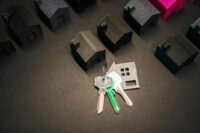

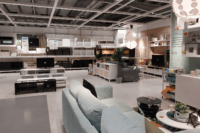
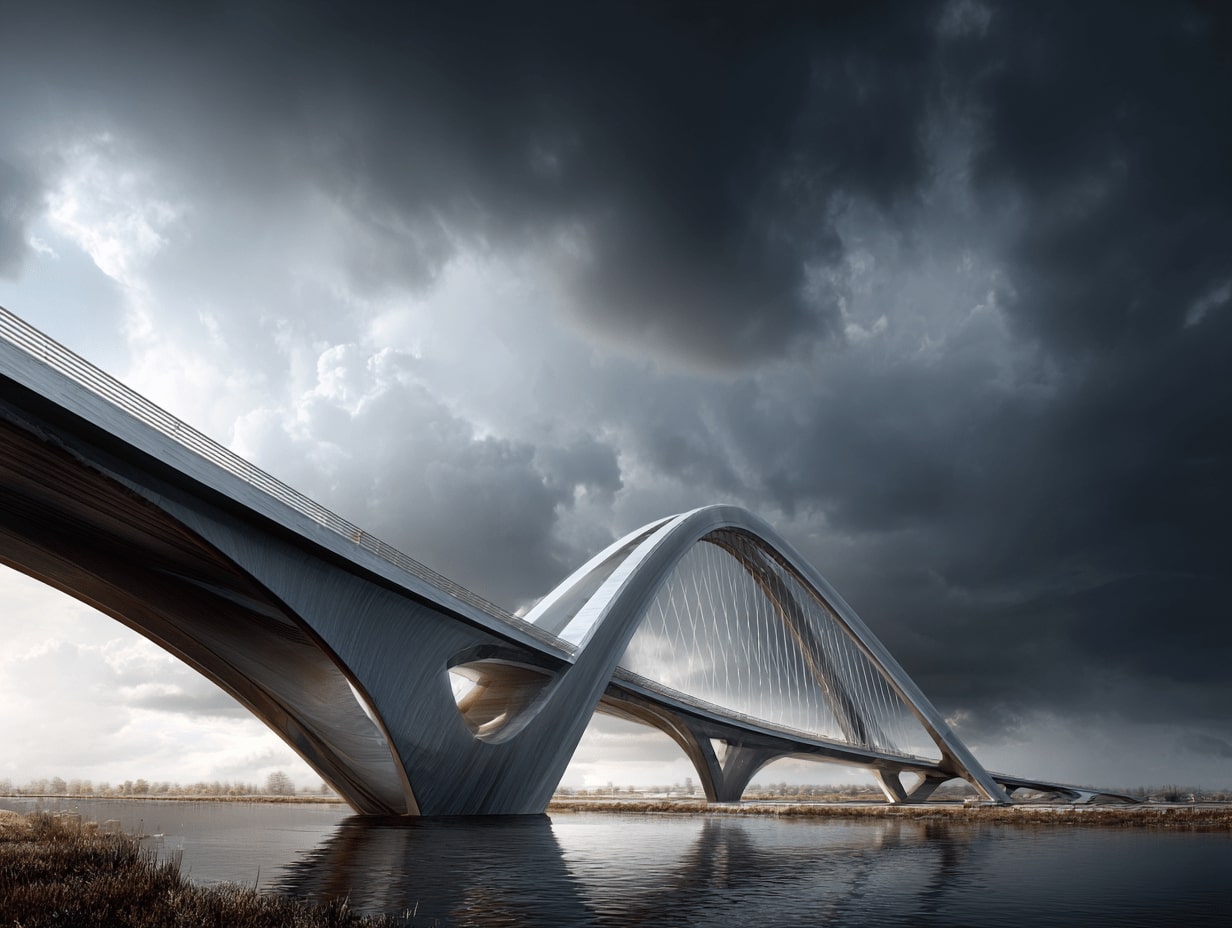
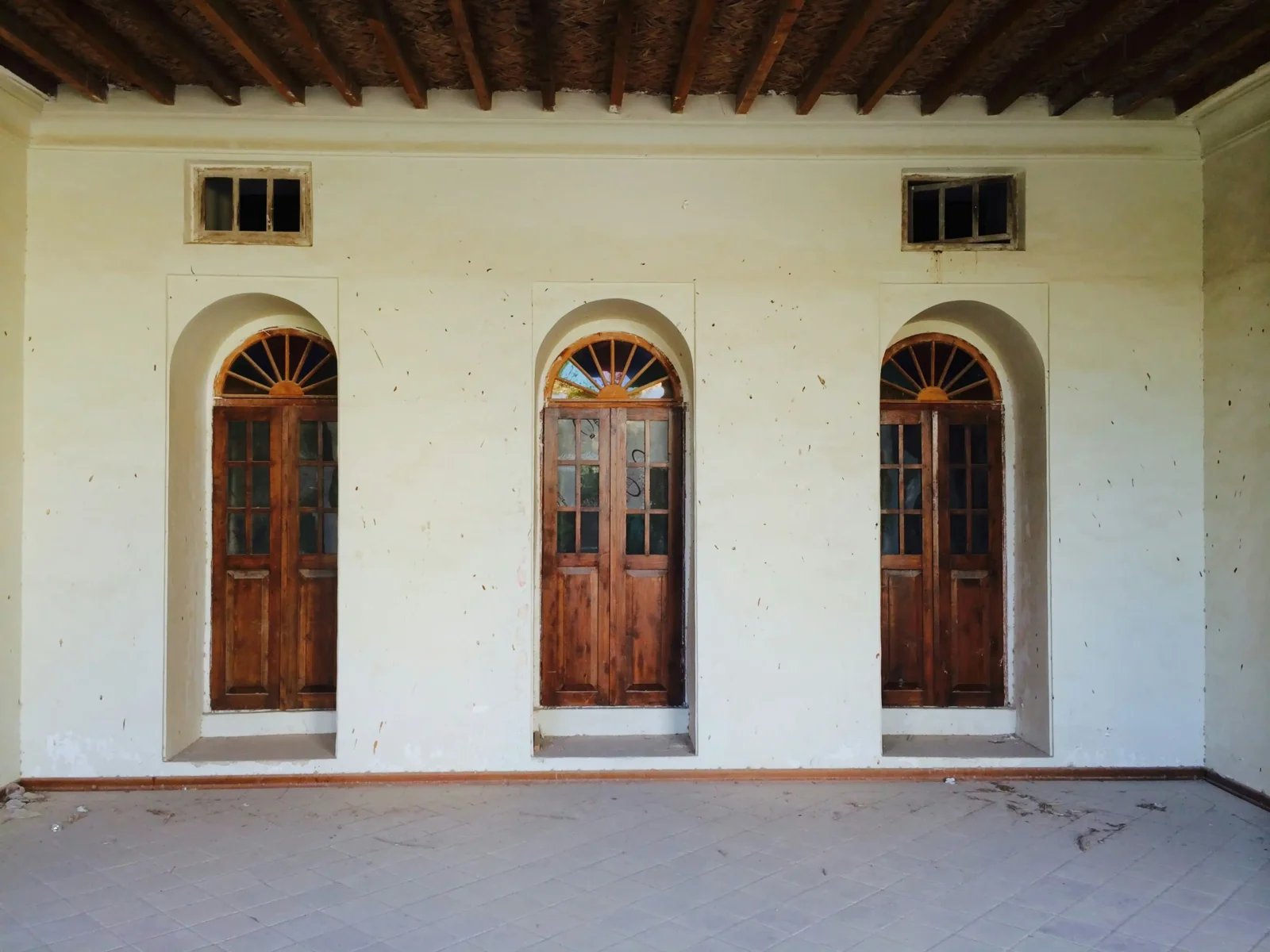
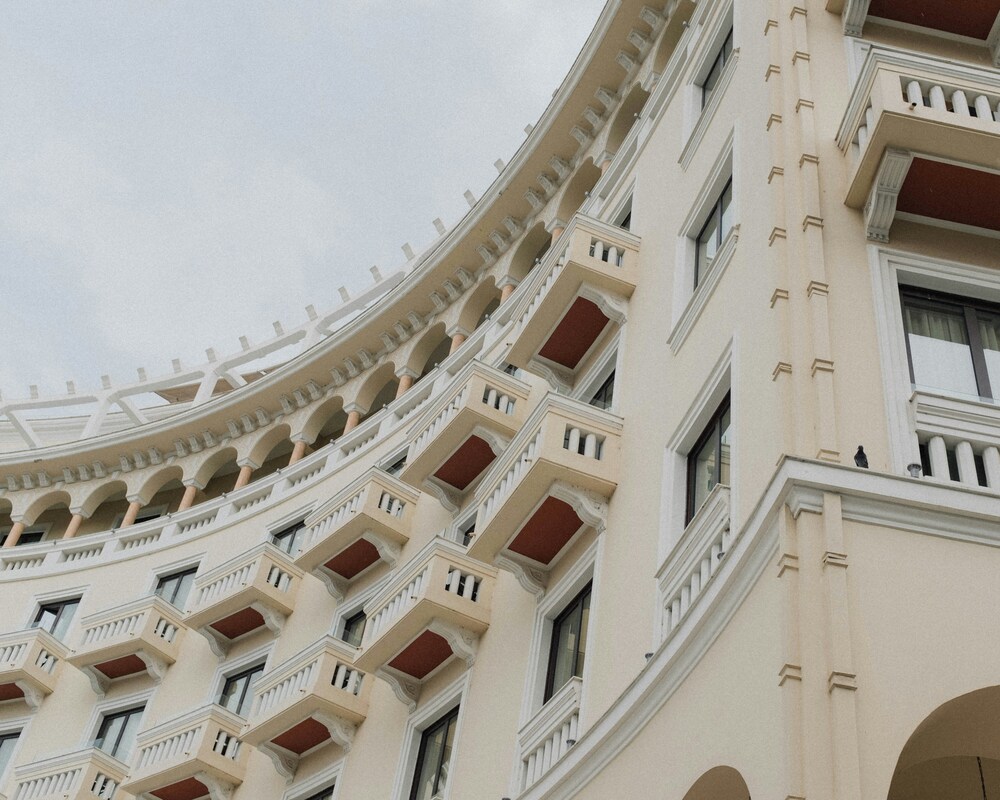
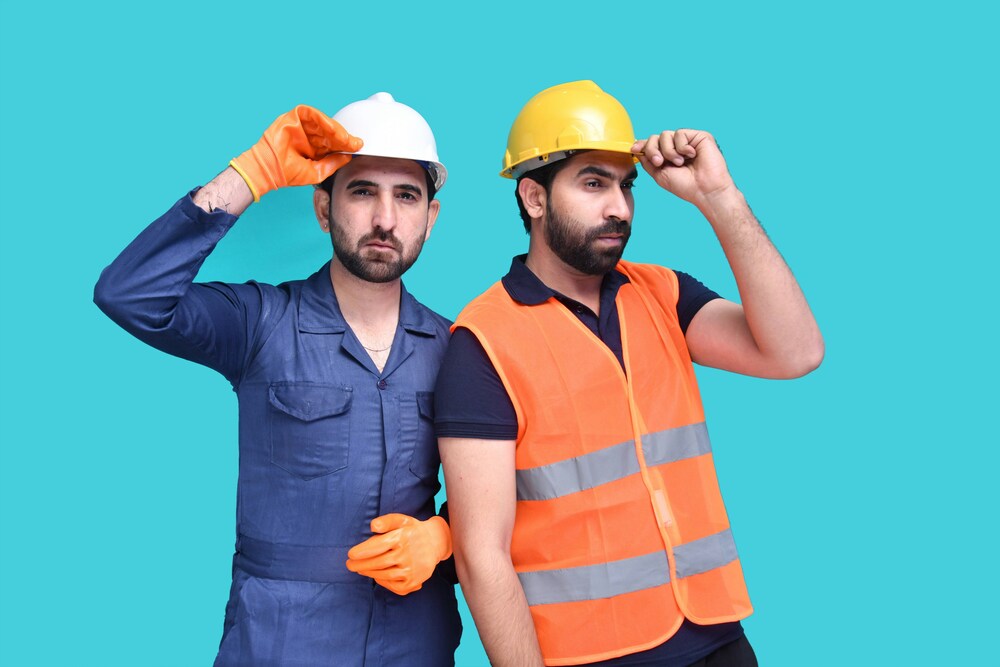
Leave a comment